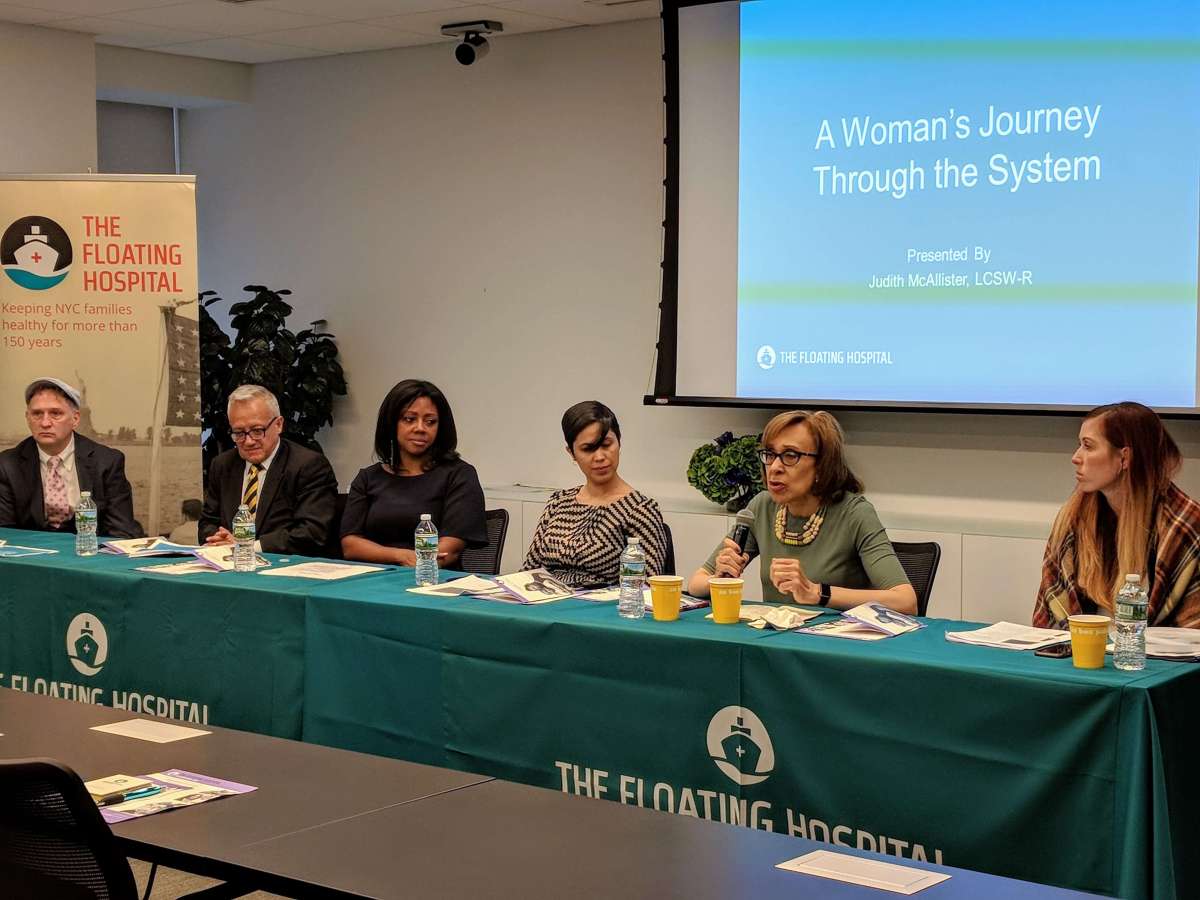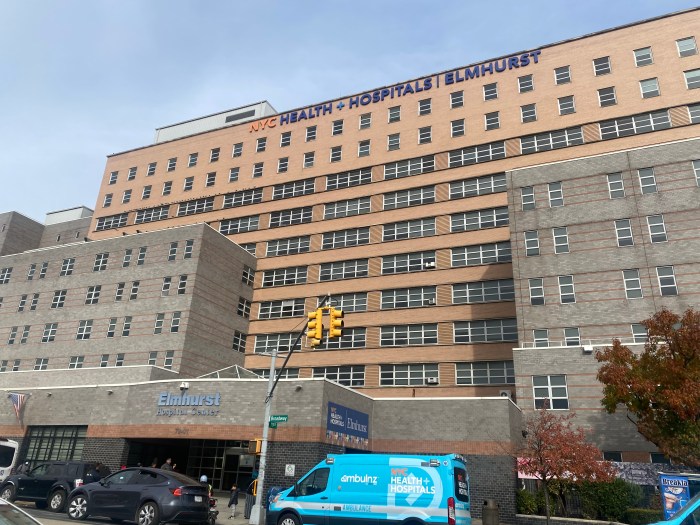Shocking statistics from the Floating Hospital in Long Island City show that the number of homeless youth enrolled in New York City schools is greater than the number of residents living in the state’s capital.
According to statistics provided by the Floating Hospital Foundation Inc., approximately 111,500 children in New York City schools are homeless, which is more than the 98,111 residents in the capital city of Albany.
These statistics are part of the larger issue of “hidden homelessness” that plagues about 50,000 families in New York City. Of those families, over 14,000 live in the shelter system and about 37,000 live “doubled up” with friends and family in cramped quarters.
The Floating Hospital presented the report during its May 16 educational conference in midtown Manhattan. The panel of speakers — including Sean T. Granahan, the president of the Floating Hospital and Iván Romero, the director of the organization’s homeless shelter program — put New York’s homelessness crisis into perspective, while also providing ideas for things that could be done to improve the issue.
Their goal is to “draw attention to this population” while demonstration how appropriate programs can be responsive to their needs.
Other speakers from the organization, including Shani Andre, Igda Martinez, Judith McAllister and Meghan Miller covered several issues concerning the “hidden homeless,” like medical, emotional and psychological issues they face as a result of their circumstances.
According to the panel, the shelters that the families inhabit fall into one of several categories, many of which do not have access to the basic amenities that people need in order to survive like access to social services or even something as basic as kitchens with refrigerators. As a result, homeless families often have to subsist on ready-made meals or TV dinners that do not provide them with the nutrition they need. This leads to malnutrition and anemia, or on the flip side, obesity and hypertension.
In addition to physical ailments, the homeless undergo a number of mental and emotional issues, usually stemming from the trauma of losing their home or oftentimes domestic violence. According to the organization, the homeless suffer with high rates of mental illness: one in three homeless adults suffer from diagnosable mental illnesses, while school-age homeless children are 1.5 times more likely to experience mental illness when compared to their peers.
According to the organization’s website, the Floating Hospital started in New York City in 1866. Since its inception, they have treated 5 million patients and remain the largest provider of primary healthcare services to families living in family shelters and domestic violence safe houses. They serve over 61,000 people a year and see patients in 200 shelters per day.
For more information about the Floating Hospital, visit their website.




































